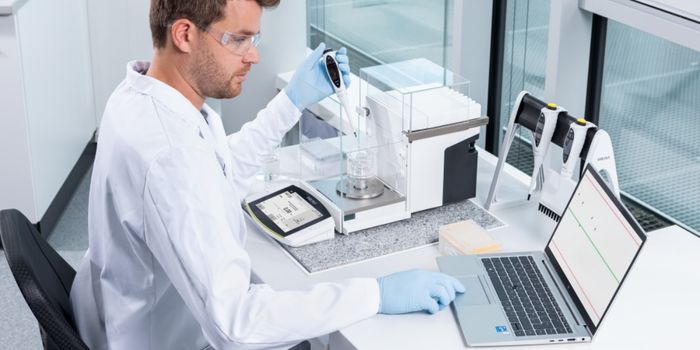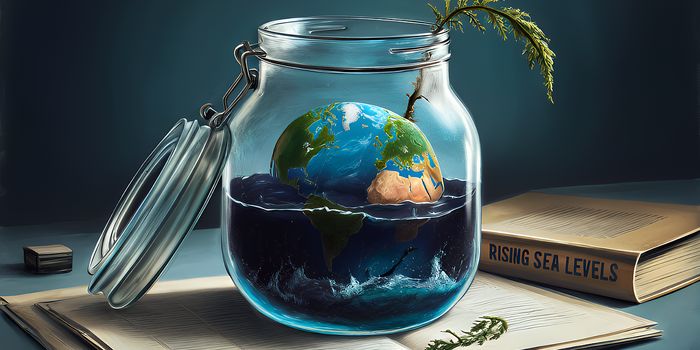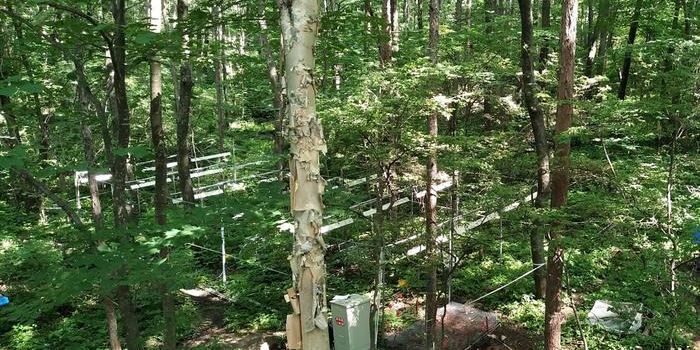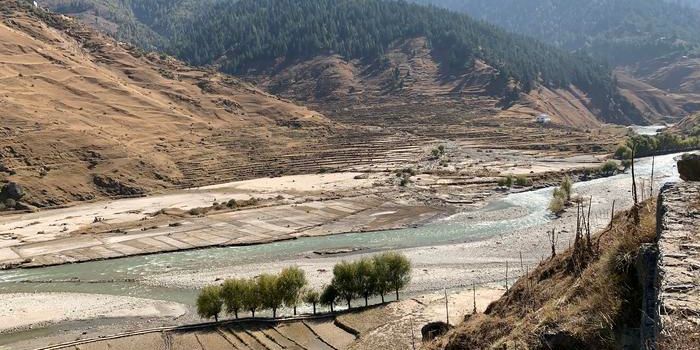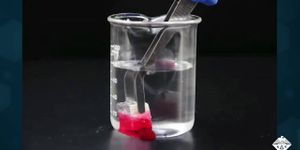Mid-air Chemistry Experiment Opens Up a New Era in Metal-organic Frameworks Research
Metal-organic frameworks (MOFs) are molecules with network structures made of metal ion cores coordinated to organic ligands. Due to their high internal surface area, and tunable porosity, MOFs are often considered as an ideal material for energy storage, environmental monitoring and cleanup, drug delivery and carbon capture.
The size and morphology of MOFs, as dictated by the process of their crystallization, is crucial for basic science and the potential applications of this novel material. Gravity plays a vital role in crystallization. According to the research funded by NASA, the low gravity condition in space enhances the crystallization of protein drastically.
In a study, material scientists from Australia and Austria have shown that gravitational force (g) influences the morphology of MOFs crystals. To obtain high g conditions, they spun MOFs samples in a centrifuge; but to create a low g environment, three of the researchers dove from an airplane seconds before they initialized the crystallization process.
Their findings verified that low g (g<1) environment led to larger crystals, likely "due to facet‐oriented crystal fusion", while high g (g = 20) conditions produced smaller MOF crystals. On top of that, in the history of material science, the skydiving aided experiment was the first of its kind, which the group hoped to inspire others to do the same in studying MOF morphology.
Source: Seeker via Youtube

